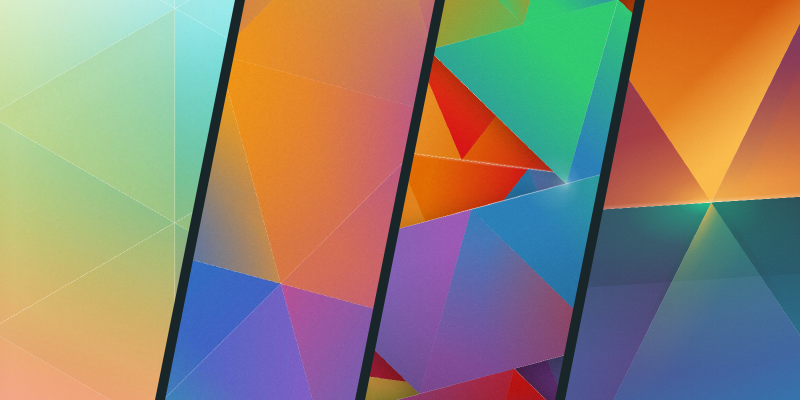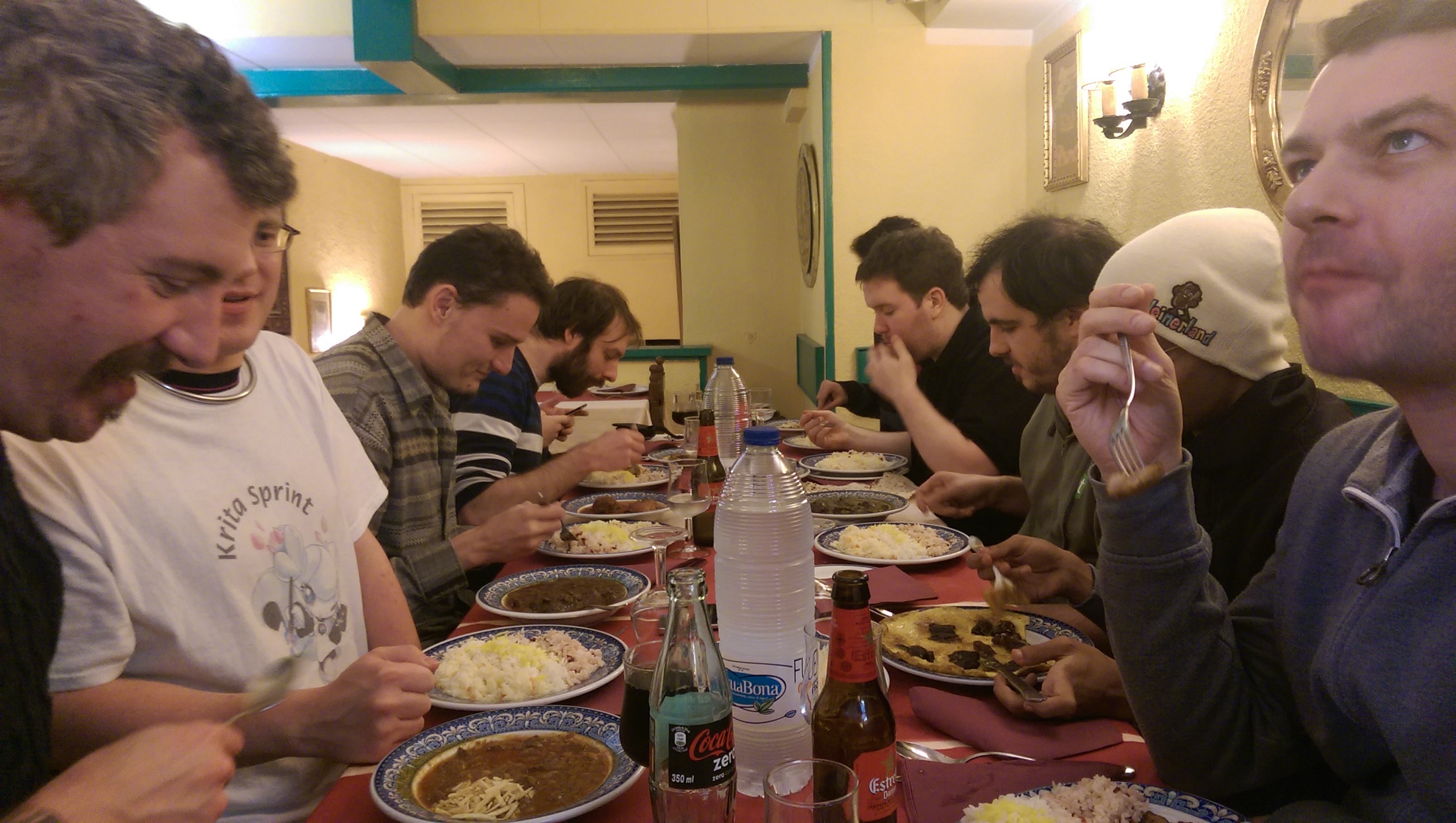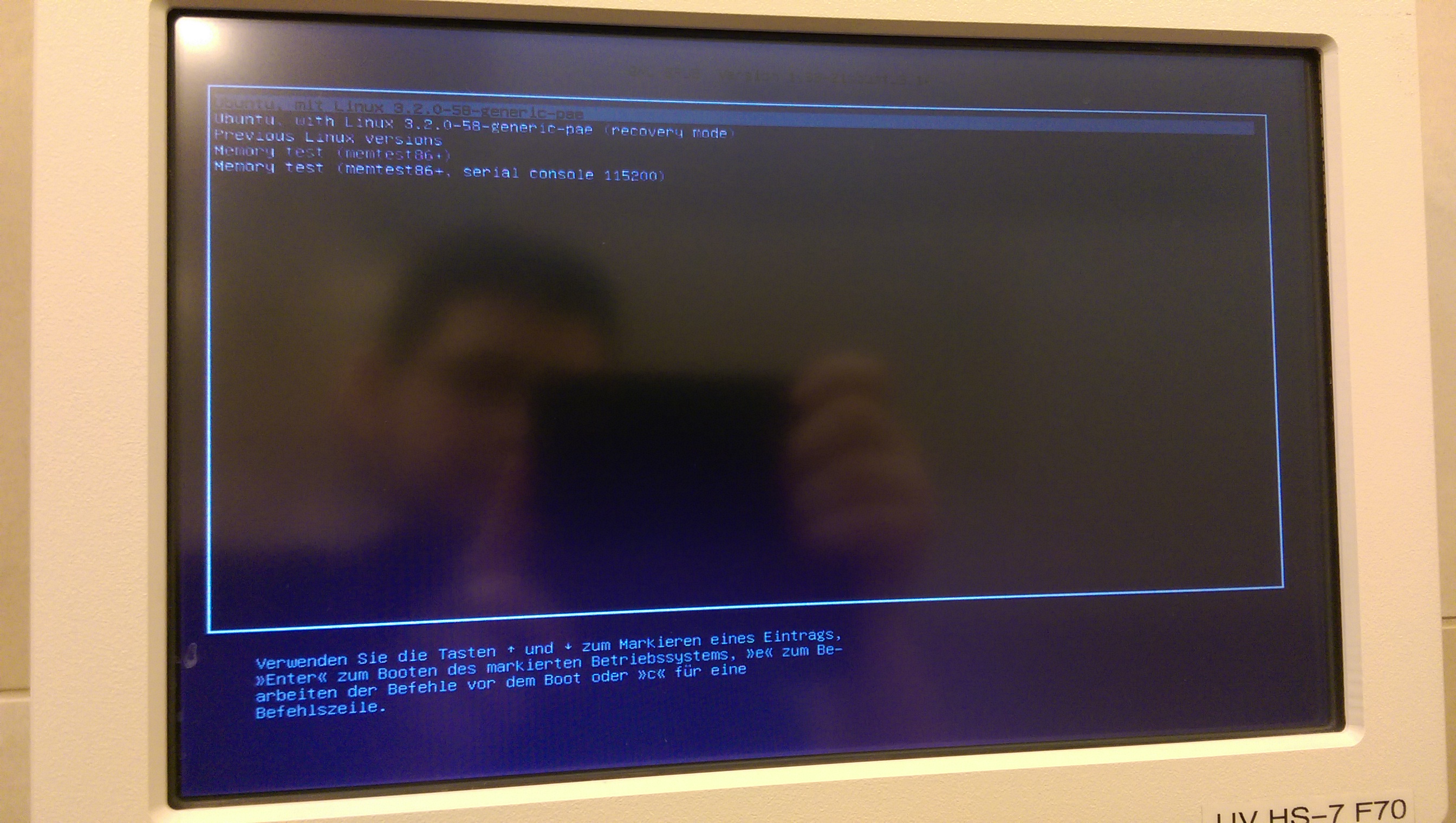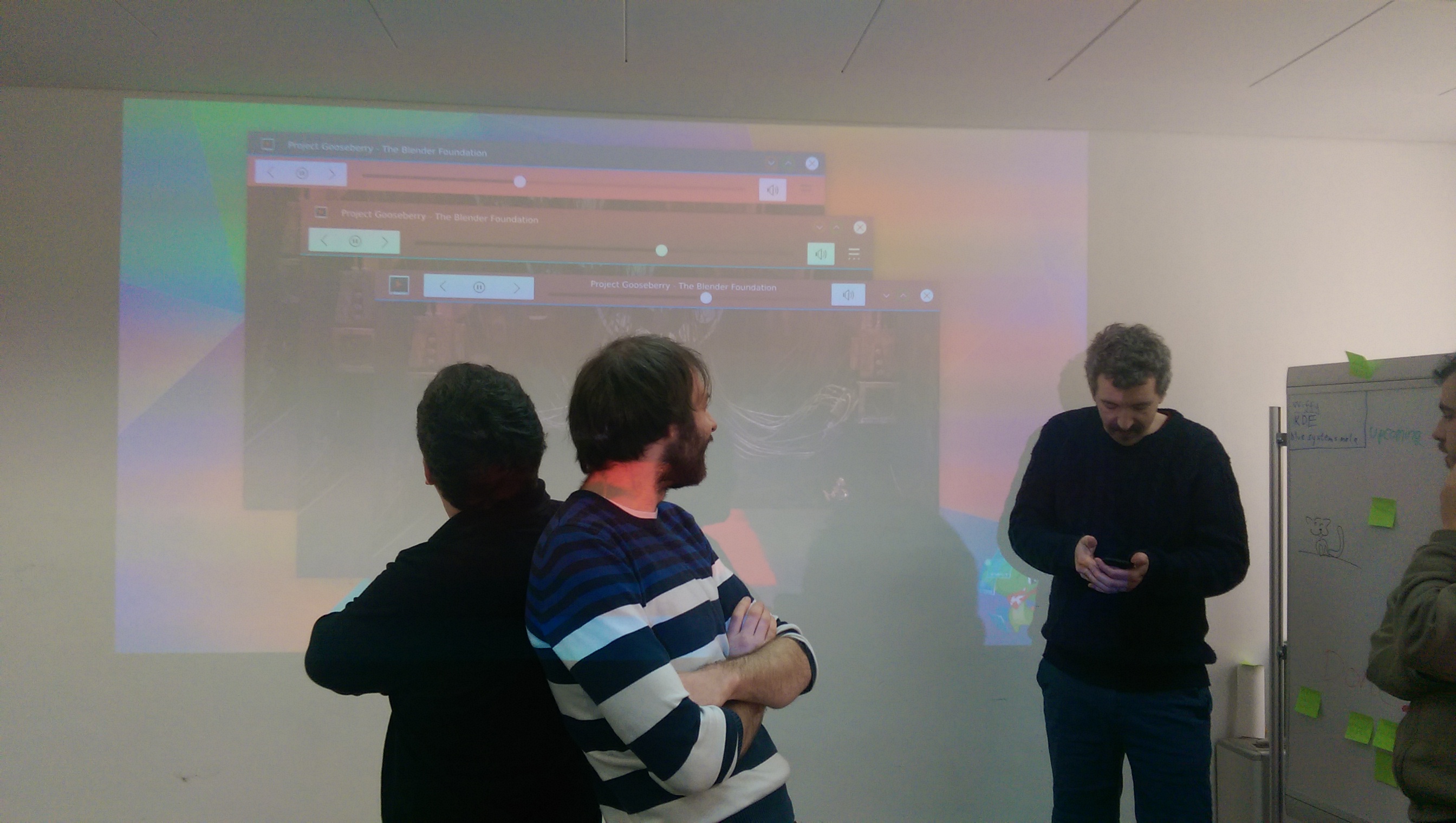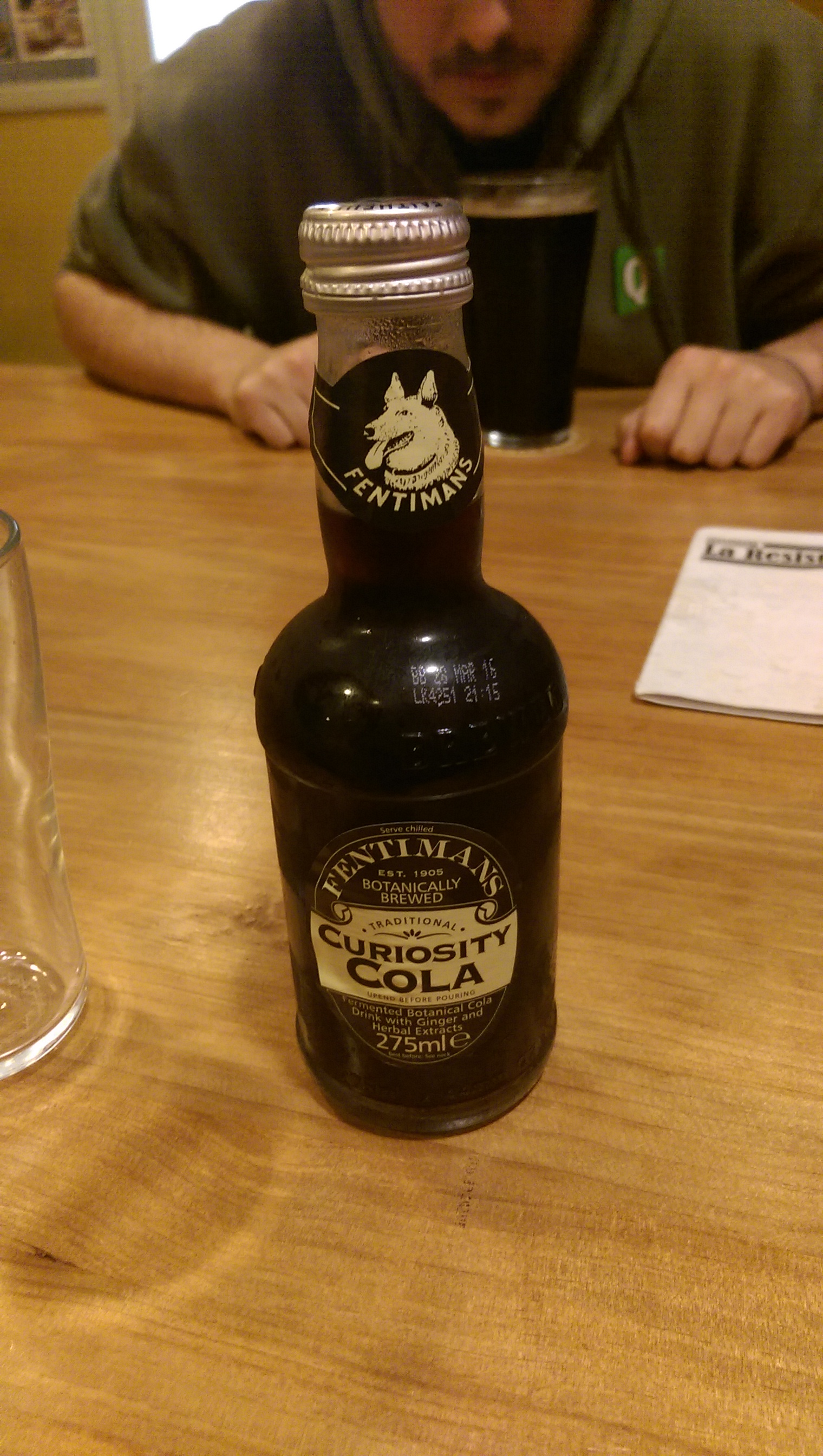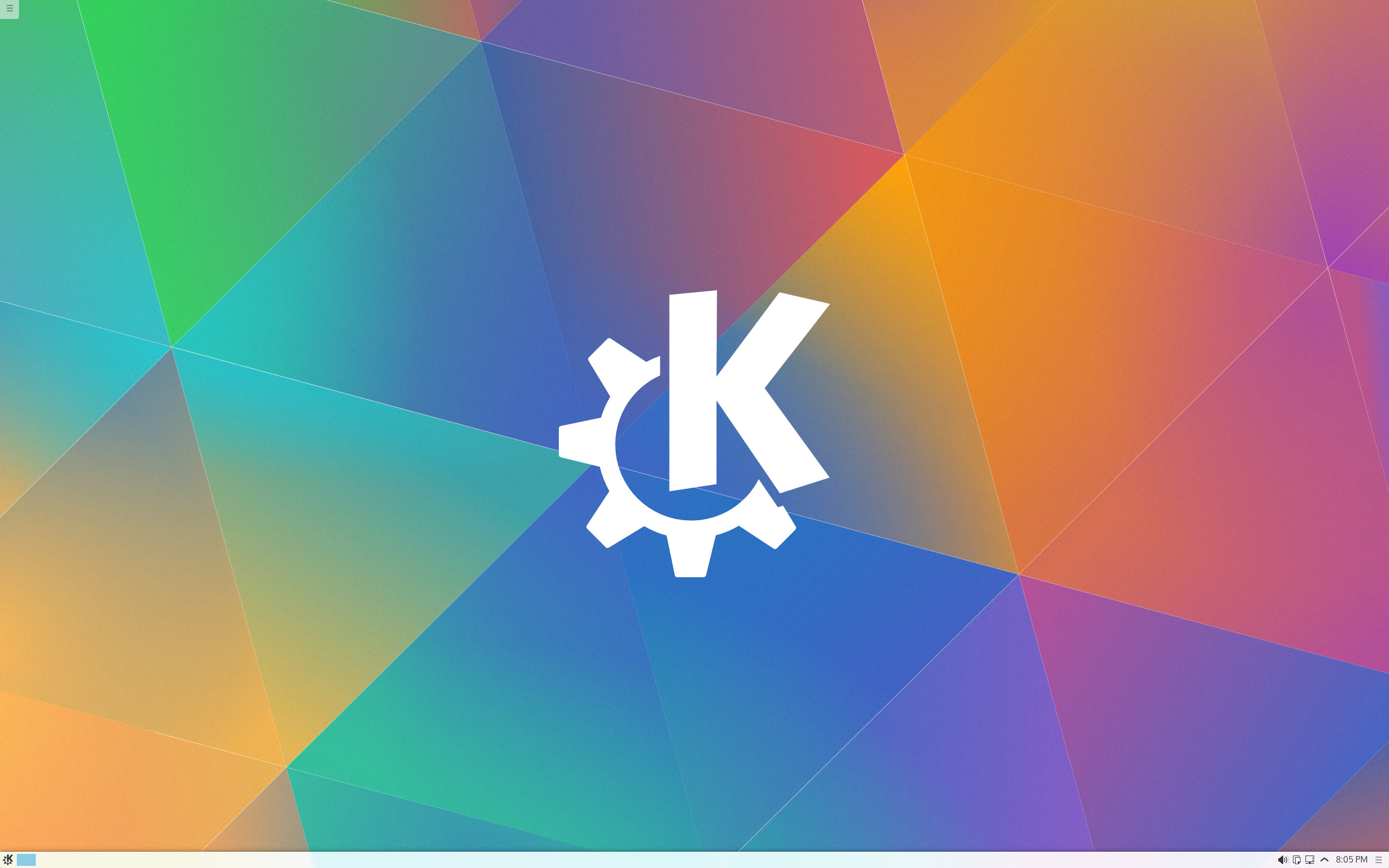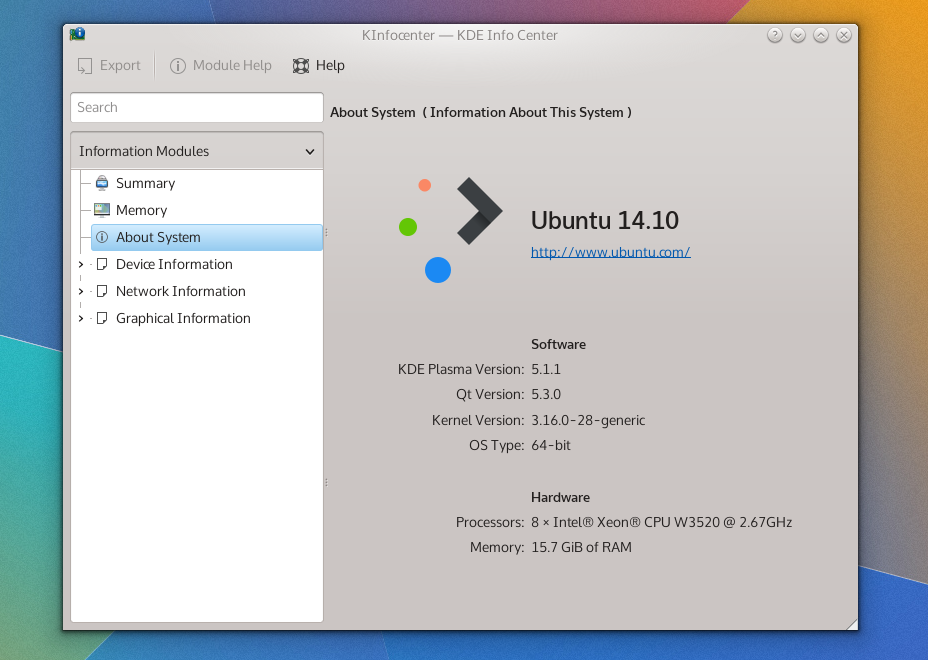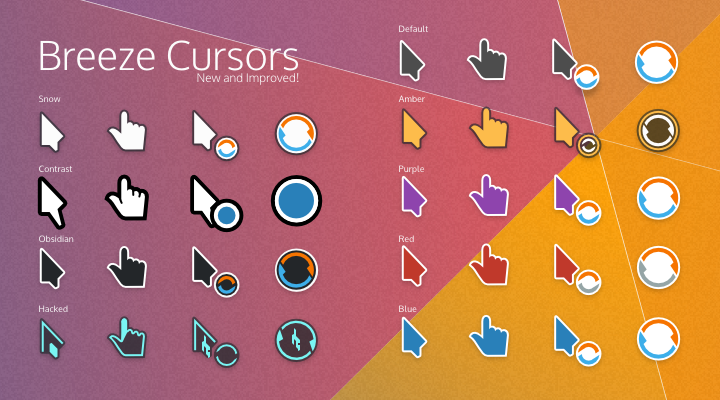Today the FOSS world was shaken a bit with some of Microsofts announcements, mainly after the announcement of a cross-platform version Visual Studio which has a native Linux version. While not strictly their original brand-name IDE, it’s still a big announcement for Microsoft to put one of their top brands so ‘quintessentially Windows’ onto Linux… But the most interesting part of the announcement was not the release, but to me, it was the 3 distinct groups of onlookers who have been commenting on the news that the Redmond giant has quite boldly stepped far deeper into open-source wilds than it has been before.
The first group of people are the ones who have been supportive, praising our ‘enemy of old’ for moving away from lock-in and towards turning a new leaf; especially since it directly conflicts so completely with how they have historically monetised their business. Previously for Microsoft to win “everyone else had to lose”, but it has become apparent that this mindset is no longer in their DNA.
There’s the group of people who are looking at the software as what it is; a new development IDE which may be better or worse than contemporary Linux development applications. Some have noted it’s a fork of Atom, and while it disappoints some who wanted to think it would be a pure-MS codebase hitting the light of day – it’s still interesting to see Microsoft release products in the true nature of Open Source, where we fork software to make improvements we believe will serve it best.
But the group I’m most interested in addressing is the haters, the people who refer to Microsoft as “M$” and spit on any work the company produces. The people whose philosophical hate of yesteryears software giant continues unabated, their seething vocal loathing denouncing their work as the next plot or substandard because of its ‘capitalist origins’.
I’ll admit I went through a ‘zealot’ phase when I got into Linux – because I was young and stupid and half a hipster. The first year I thought I was awesome for ‘being free’ and ‘sticking it to the evil companies’ like Microsoft. I refused to use non-free drivers, and thought I was liberating myself by jacking-in my laptop because there wasn’t a free wireless driver. My setup was sub-optimal, and I was stupidly proud of my broken barely-functional equipment.
Today I find the functionality and flexibility of Linux suits my personal development habits, I find the desktop pleasingly functional, and I use software that works for me – regardless of the source. I use Steam because it enables me to entertained without rebooting my computer, with AAA-games such as Bioshock Infinite and Cities: Skylines running perfectly. I use the Xbox controller because extended play on any other input will hurt me. I appreciate that there are free alternatives which offer me a guarantee of ‘shenanigan-free’ computing, but where the software is good I will use it, even if it’s closed. If Microsoft releases products on Linux I may use them if they have a place – even if those applications are not free software.
When it comes to hating Microsoft, to me, that idea no longer makes sense. I will freely say I do hate and loath *parts* of the company, but to hate the whole umbrella regardless of the people involved is becoming backward. I love the teams who are saying “hey, lets get into open-source” while also raging against the legal arm attempting to leech from Android. It’s the same with Google; I love the parts of Google that sponsor open-source events while being wary of their disturbing advertising model.
You could argue that even if you only support the positive sections of a company the negatives benefit as well; that by supporting the Visual Studio team you’re potentially helping the slimy legal arm survive – but in reality if Microsoft sees support and benefits from better alternatives, they will shift their resources in that direction. A company that large requires time to turn the ship around, and there’s no real point in taking pot-shots at them when you can see their teams genuinely charting into such unfamiliar waters.
The fact is Microsoft isn’t a single hive-mind nest of businessmen looking to suck every dollar from the digital age. It’s thousands of upstanding people with real human problems who genuinely want to see the software they write improve the world. I don’t see cronies stepping onto public transit disturbing the bus driver because of their maniacal cackling – the world didn’t see an uptick in animal sacrifice and Hot Topic sales as Microsoft recruited its developers.
Am I going to use this new cross-platform Visual Studio? Probably not – I’m getting familiar with Qt Creator – but I will genuinely try it at some point. For whatever reason the Redmond camp has become friendlier with open-source… Be it the fact that they aren’t the 800-pound gorilla, that Gates and Ballmer are no longer at the wheel, or because open systems are dominating new markets; it doesn’t matter. The company is improving its philosophy, and I think we’ll be the foolish ones if we dismiss it. If you’re a hater, hop onto the bandwagon of people paying attention to what they do – they’re publishing software in open waters, we’d be morons not to encourage, extend, and integrate.

